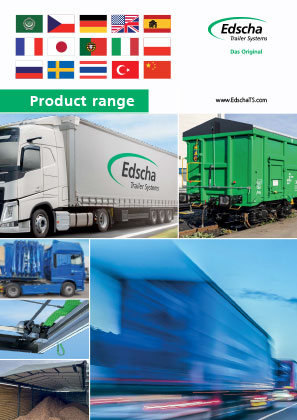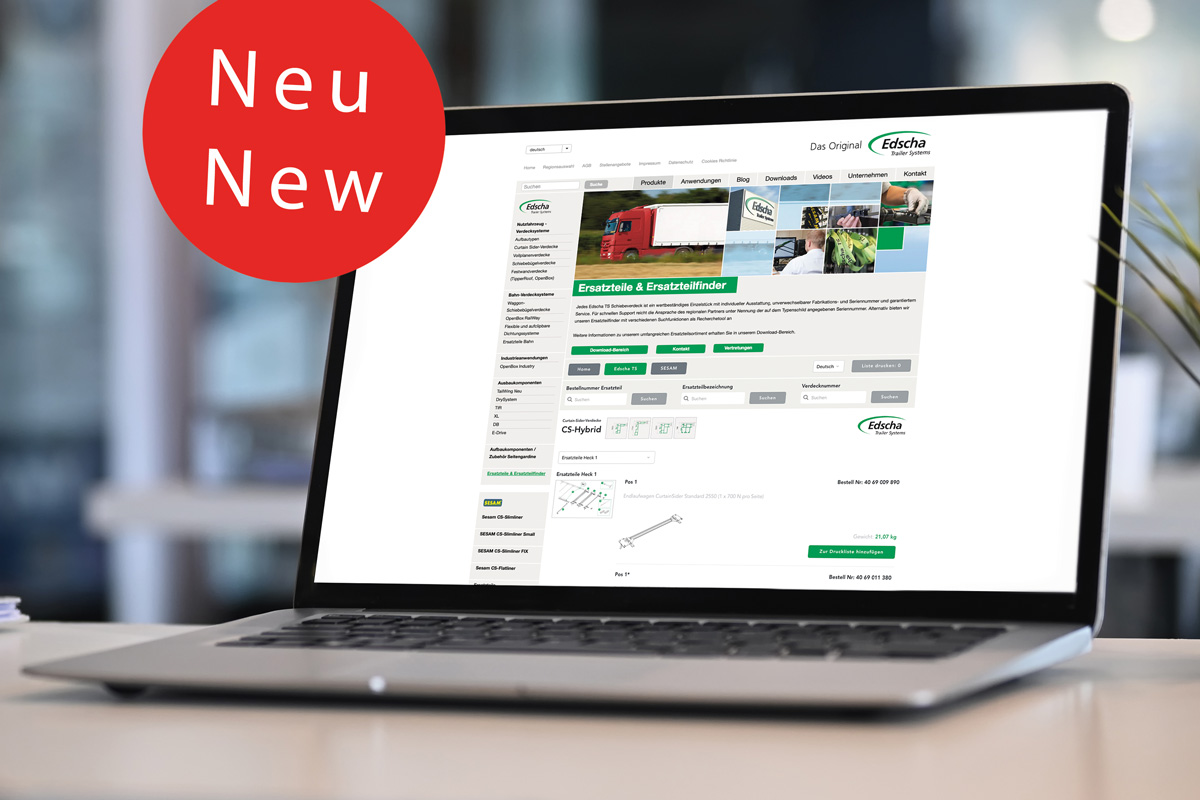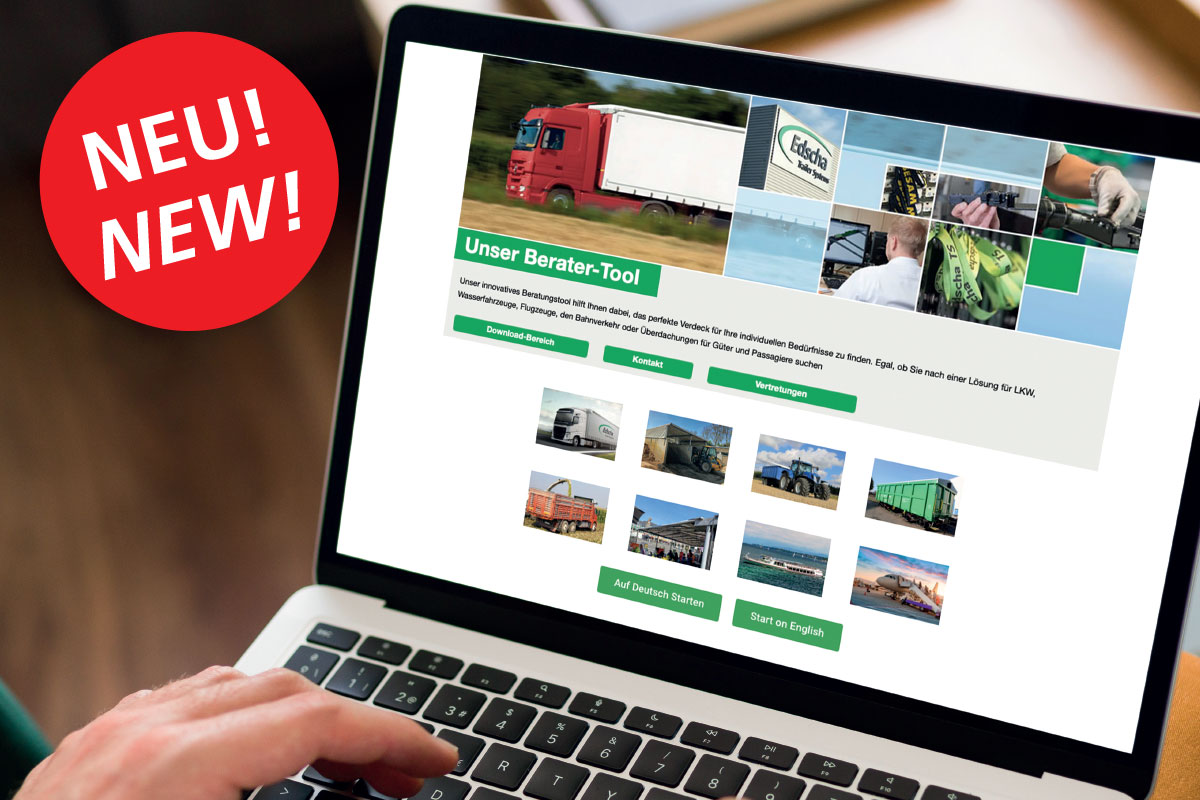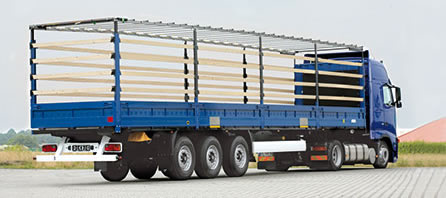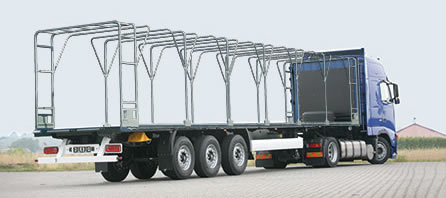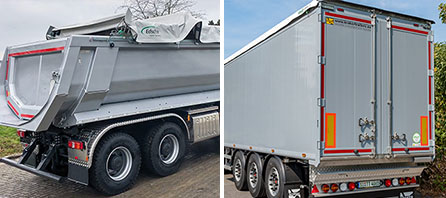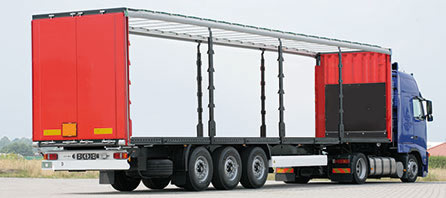
Curtain Sider (CS):
For Vehicles with Sliding Curtain Body
The Curtain Sider is a refinement of the closed body. As with traditional platform gate and side-board vehicles, fork lift truck loading from the side, which is a far more efficient form of loading, has now become possible. Bulky goods can now be loaded very quickly through the side-board, which can be opened along almost its entire length. As the roof is independent, the cargo space remains protected against rain. From 1990 onwards the development of self-supporting sliding roofs meant that crane loading was also possible for this type of body.





